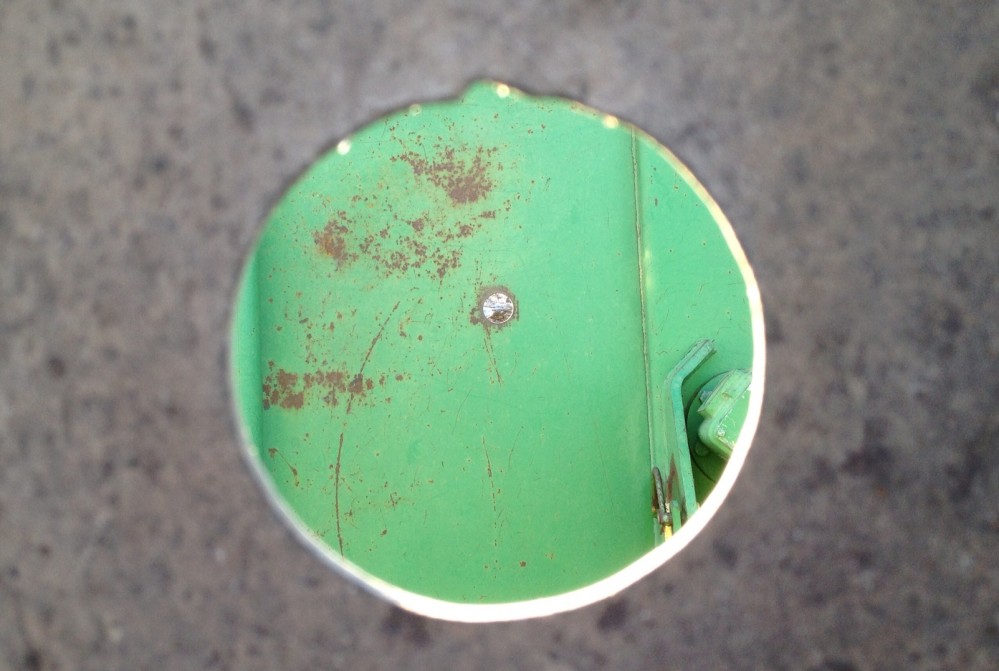“Real Cowboys Never Ate Yogurt” was written across the back of the bright orange T-shirt below a sandy beach where a cowgirl napped, her hat pulled over her face, resting beneath a palm tree under a yellow moon and twinkling stars.
Pliny the Elder, the Roman naturalist who died in the eruption that destroyed Pompeii, Italy on August 25, 79 A.D., said it best: Certain “barbarous nations” know how “to thicken the milk into a substance with an agreeable acidity.” That’s yogurt, an agreeably thickened milk dish. The treat goes back maybe 4,000 years. The dish is mentioned in writings — even before those of the venerable Pliny — in India and Iran around 500 B.C. No one knows how milk was first cultured into yogurt. It is a mystery steeped in the folds and swirls of time. We suspect that the first serving may have surprised someone lifting a goat skin bag of milk for a refreshing drink only to find that the milk had spontaneously fermented with wild bacteria into a new and interesting concoction. We’ll never know who had that first taste, but after that, did it ever catch on.
The word “yogurt” is Turkish in origin and goes back to the 11th Century where it appears in texts describing the ingestion of the now popular fermented milk by nomadic tribesman. You can see those wild horsemen racing over the steppes, goat skin bags of milk bouncing on the backs of their shaggy horses, making yogurt to share back at the camp with the evening meal. Those were the yogurt days of yore.
In 1919, a small yogurt business named Danone started in Barcelona, Spain. In 1933, some folks in Prague, Czech Republic figured out how to add fruit jam to yogurt. Unsweetened yogurt appeared in the United States in the early 1900’s, where in the 1950’s the milk preparation began to be viewed by Americans as a health food. Marketing kicked in, Danone became Dannon with fruit and jam mixed together, and more fruited and jammed yogurts from all over the world joined the rush to populate the shelves of grocers and reach the mouths of U.S. consumers. No more bouncing saddle bags of curdling milk, you can select from 17 varieties of yogurt at the local 7-Eleven and wash your curdled snack down with a Slurpee.
Enter frozen custard and the question of cowboy preference.
In 1919, frozen custard was invented by two ice cream vendors in Coney Island, New York, a location long associated with the American hot dog. Frozen custard itself is an ice cream to which more egg yolks have been added. The resulting mixture is whisked into a meringue, much of the air is removed and then it is frozen in a new and chillier way. From this process, the frozen custard is thicker, creamier, smoother and colder than traditional ice cream.
Frozen custard was introduced to the wider public at the 1933 World’s Fair in Chicago, Illinois. The Midwesterners loved it and raced home to make their own. Today, Milwaukee, Wisconsin has more frozen custard shops than any place on the planet, and the city is known as the Unofficial Frozen Custard Capital of the World.
Oh, another thing, frozen custard is usually prepared at the location where it is sold. Unlike yogurt and regular ice cream, you generally can’t get the stuff at supermarkets or through the mail. So, you see, frozen custard is something of a specialty dessert, which is not readily available over the counter or by special delivery. The dispensaries of the delight can be reached only by search-and-find efforts, and the delectable has its origins in America where it was first associated with the very American hot dog.
I think we can begin to see why the rugged individualism, hearty appetite and dreamy demeanor of the American cowboy might be associated by a smart marketer with the difficulty and delight of frozen custard versus the ready availability of curdled milk under a strange name that can be found on any old shelf.
Remember, I’m not prejudiced. I like them both and consume much more curdled yogurt than frozen custard. But, when I want a special treat, I put on my hat and boots, wander down the street and turn the corner to “Wild About Harry’s.”
Since 1996, Harry has been serving frozen custard made right there, alongside his specialty hot dogs. That frozen custard is from his mother’s recipe. Out front near the door, a giant hot dog in a bun stands on the sidewalk. The smiling face and white-gloved hands welcome folks in for a dog and dessert. For a good time now, the humble location has been a gathering place for folks from around the city and beyond. Who knows from where? When you sit down with that triple dip and look over the cup, you may even see a real cowboy. Smile and I bet you’ll get a smile back.
Oh, by the way, that orange T-shirt – it says “Wild About Harry’s” on the top.
I don’t know about you, but I’m getting hungry.
See you around,
Grandpa Jim
